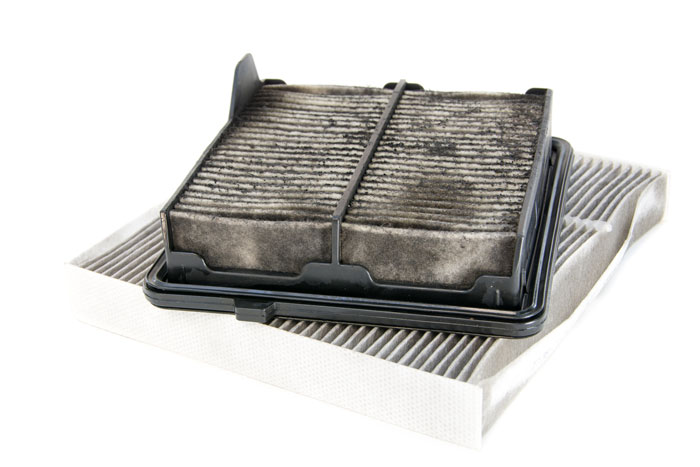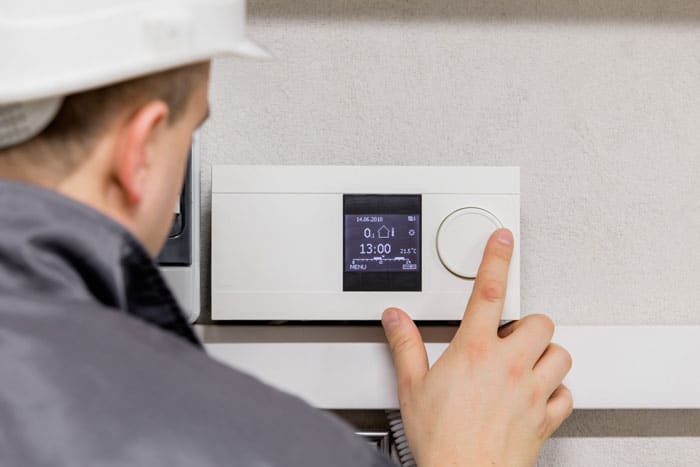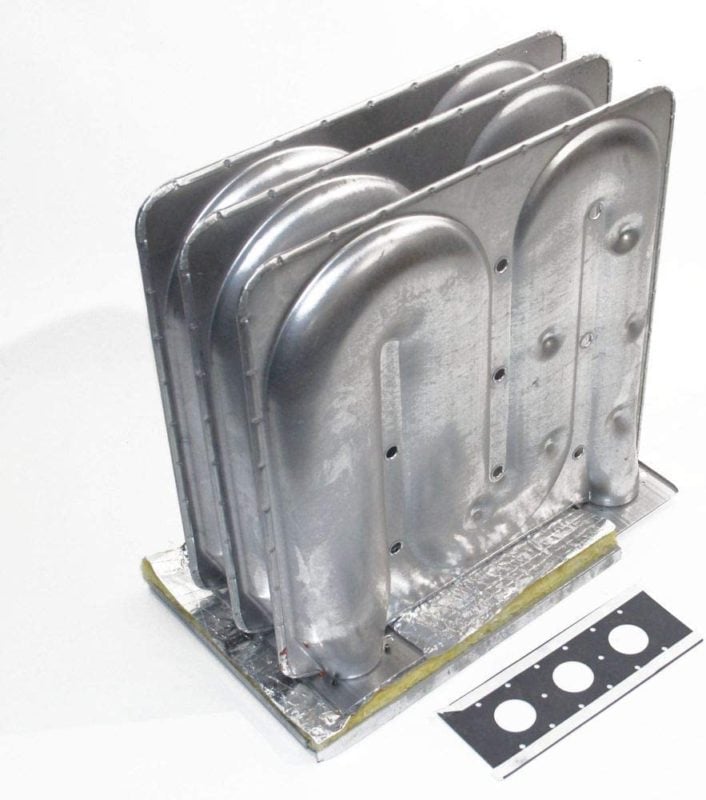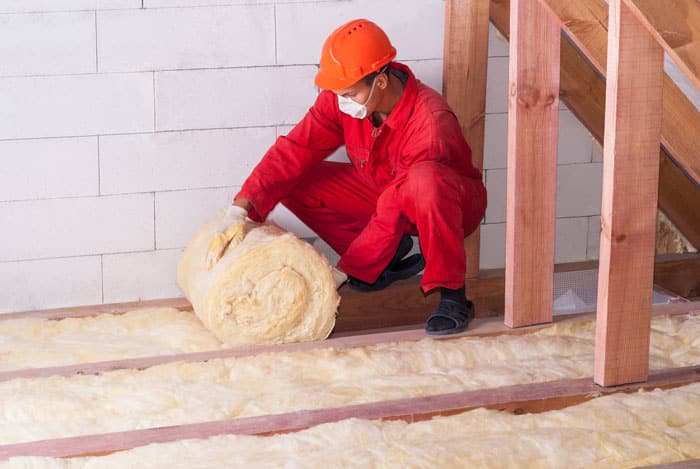We've independently reviewed this article to make sure it's as accurate as we can make it.
To find out more about our article creation and review process, check out our editorial guidelines.
What to do when you have a furnace that can’t keep up with the cold? You’ve got your thermostat set to a warm temperature and you’re still shivering, wrapped in a blanket.
If that’s your current situation then don’t worry – you’re in the right place. In this article we’re covering all the most common causes of an underperforming furnace, with fixes for each issue.

Some suggestions will have cheap and easy solutions, but some might be more complex and expensive to deal with. For example, all you may need to do is change a dirty filter. Some might mean hiring a pro. But don’t worry, we’ll guide you through each one step by step.
If you’re ready to help get your furnace working hotter, then let’s get started.
Fixing A Furnace That Can’t Keep Up With The Cold
Be aware that most of these will mean having an HVAC pro in. And some of them may mean it’s time for a new furnace.
1. Dirty Filters
Whatever is going on with your furnace, one of the first things you should check is your filters. It’s not only the cheapest fix, it’s often the most overlooked. And it can cause an array of problems.

Your air filter isn’t just there to better the quality of the air you’re breathing. It also keeps dust and debris out of the furnace. If the filter builds up with grime it can cause performance issues, and your home may not be able to get the heat you need.
Solution: Change your filter according to the manufacturer’s schedule. However, if you only have one of two people in the home with no pets, you may be able to spread the timetable out a bit. Large families with several pets may need to change it more often than the recommended amount.
2. Lack of General Maintenance
Every furnace needs to be maintained. While some would recommend a yearly maintenance visit, in most cases every other year should do.
Without regular maintenance, your HVAC system can become sluggish—no longer able to do the job it’s supposed to. Like heat your home.
Solution: Make sure you schedule a regular checkup with a technician. They make sure everything continues to run at optimal levels.
3. Blower Belt Issues
If your blower belt is frayed, split, or broken, it will impact how well your blower motor works. If your fan isn’t doing its job and distributing warm air through the house the belt may be the answer.
Solution: If you’re at all handy, this is something you can fix yourself. Check out this video that offers a walkthrough on replacing your belt.
HVAC Repair Expert: In my experience, belts are very rare and are tend to only be found on much older units.
4. Thermostat Problems
As you know, your thermostat regulates your indoor temps. If it’s old and past its life cycle or just malfunctioning, it can’t send messages to your furnace, telling it it’s time to turn on the heat. If you find your furnace not turning on at all, or cycling too often, the answer may be your thermostat.

Solution: Check the batteries, the circuit breaker, and the wiring. Replace the thermostat if necessary.
5. Cracked Heat Exchanger
If you have an older furnace that hasn’t been serviced recently, you may have a cracked heat exchanger. Over time, as the metal expands and contracts with the changing calls for heating and cooling, it can develop cracks.

This is dangerous!
You may think that a colder than normal home is your biggest problem, but if you have a cracked heat exchanger it’s the least of your problems. You may have carbon dioxide leaking into your home.
Heat exchangers can also develop rust.
Solution: This is a job for an HVAC pro. But if you want to do some sleuthing to determine if this might be your issue, SuperTech Furnace Repair tells you what to look for. Make sure that you have a working CO detector to protect you against gas leaks.
6. Your Furnace is Undersized
Remember what I said earlier? That furnaces are sized for a home and a climate zone? If your installer didn’t size yours properly, and it’s too small for your space, it will not be able to fully heat your house.
Solution: Fire your HVAC contractor! Seriously, other than adding some other heat sources, such as portable space heaters, there’s not much you can do about your furnace. Other than find a better contractor, one who will size your home properly, and buy a new one.
7. Your Furnace is Old and Worn Out
Unfortunately, nothing lasts forever. And even if you’ve been religious about keeping up with a maintenance schedule, the day will come when you need to replace your furnace.
8. Outside Conditions
Every HVAC system is sized to work according to the average temps in your area. In fact, in many cases in the US, sizing is based on 30-year temperature averages.
As soon as the temperature is outside those normal areas, either above or below, you no longer have a system that can heat or cool your home to the extent it could on normal days.
Many people will think that adjusting the thermostat will help, but it won’t do anything if your furnace is already running at full power.
If this is the case, and you’re going through a colder than normal snap, go get those blankets! Or consider purchasing a backup heat source especially for these occasions. A portable space heater you can carry with you from room to room – check out guide to the most efficient space heaters here.
When temps return to the normal cold instead of bone-chilling cold, your furnace will start working again as normal.
HVAC Expert: It’s worth noting that while this is true, it’s very rare. The method we use to specify your system means the temperature range is only exceeded around 2.5% of the time.
But is there anything else you can do in this situation?
Yes.
Insulate Well
This will serve you in several situations, but particularly when you’re dealing with extremely cold temperatures that are outside the norm.

If you make sure your home is properly insulated and all cracks and gaps are sealed, you can keep whatever warm air your furnace is creating in, and keep that cold air out.
| Insulate | Make your you have enough insulation in your attic. |
| If you have an attached garage, you may need to add some insulation between the garage and the house. | |
| If you live in a home that more than 30 or 40 years old, there is a good chance you need to add insulation to the walls | |
| Weatherstrip | Around all windows and doors |
If you’re not sure where to insulate, The Department of Energy lists all areas that should be insulated, from the roof to the foundation.
Conclusion
Unfortunately, there may be situations where your furnace is legitimately unable to heat your home properly. This is because they are sized based on averages—the average temperatures in your area.
If you go through a period where temps are much colder than normal, and outside of the average range, your furnace can’t heat your home.
Turning up the thermostat won’t solve anything. Your best bet is to have blankets and a portable heater available for these situations.
Other than that, it could be any of the following problems.
- Dirty Filters
- Lack of General Maintenance
- Thermostat Problems
- Cracked Heat Exchanger
- Your Furnace is Undersized
- Your Furnace is Old and Worn Out
You can fix some of those yourself, and for others you may need to call in a pro.
I hope this article was helpful! If it was, consider exploring our other guides too. Maybe we can help you with something else as well.







